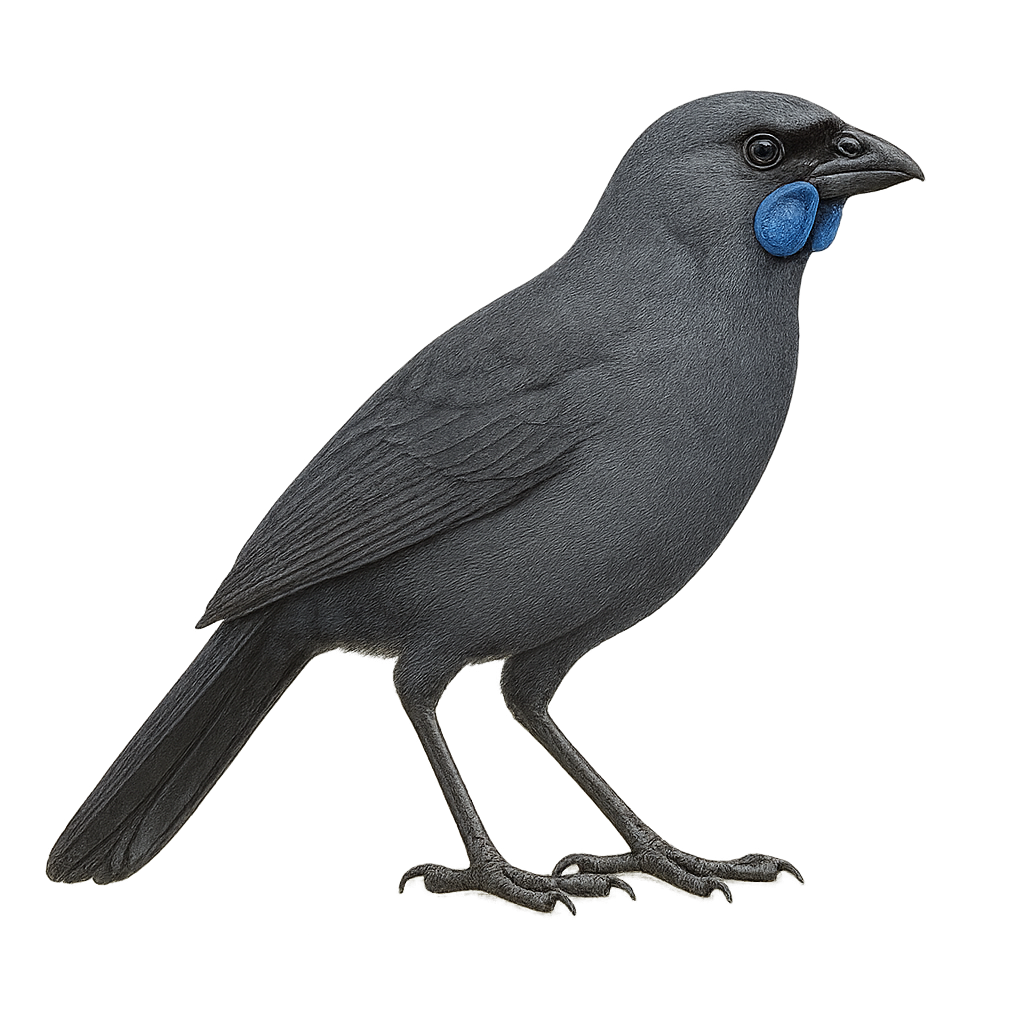Your wildlife photography guide.
Explore the north island kōkako in detail, study its behavior, prepare your shots.
Where to observe and photograph the north island kōkako in the wild
Learn where and when to spot the north island kōkako in the wild, how to identify the species based on distinctive features, and what natural environments it inhabits. The WildlifePhotographer app offers tailored photography tips that reflect the north island kōkako’s behavior, helping you capture better wildlife images. Explore the full species profile for key information including description, habitat, active periods, and approach techniques.
North Island Kōkako
Scientific name: Callaeas cinereus

IUCN Status: Vulnerable
Family: CALLAEIDAE
Group: Birds
Sensitivity to human approach: Suspicious
Minimum approach distance: 10 m
Courtship display: September to October
Incubation: 19-21 jours
Hatchings: September to November
Habitat:
Dense forests, humid forests, wooded areas
Activity period :
Primarily active during the day, with peak activity in the morning and late afternoon.
Identification and description:
The North Island Kōkako, or Callaeas cinereus, is a bird endemic to New Zealand, specifically the North Island. This bird is easily recognizable by its ash-gray color and distinctive blue wattles on the sides of its beak. It primarily inhabits dense, humid forests where it feeds on fruits, leaves, and insects. Although capable of flight, it often prefers to move by hopping from tree to tree. The North Island Kōkako is a territorial and monogamous bird, forming pairs that vigorously defend their territory. Unfortunately, it is threatened by habitat loss and predation by introduced species, leading to a significant decline in its population.
Recommended lens:
400 mm – adjust based on distance, desired framing (portrait or habitat), and approach conditions.
Photography tips:
To photograph the North Island Kōkako, it is advisable to use a telephoto lens of at least 400mm to capture detailed images without disturbing the bird. Look for it in the dense, humid forests of New Zealand's North Island, where it is more active during the day. Be patient and discreet, as this bird is suspicious and may hide at the slightest disturbance. Use a tripod to stabilize your camera and wait for the bird to perch on a clear branch to get the best possible shot.
The WildlifePhotographer App is coming soon!
Be the first to explore the best nature spots, track rutting seasons, log your observations, and observe more wildlife.
Already 1 432 wildlife lovers subscribed worldwide

